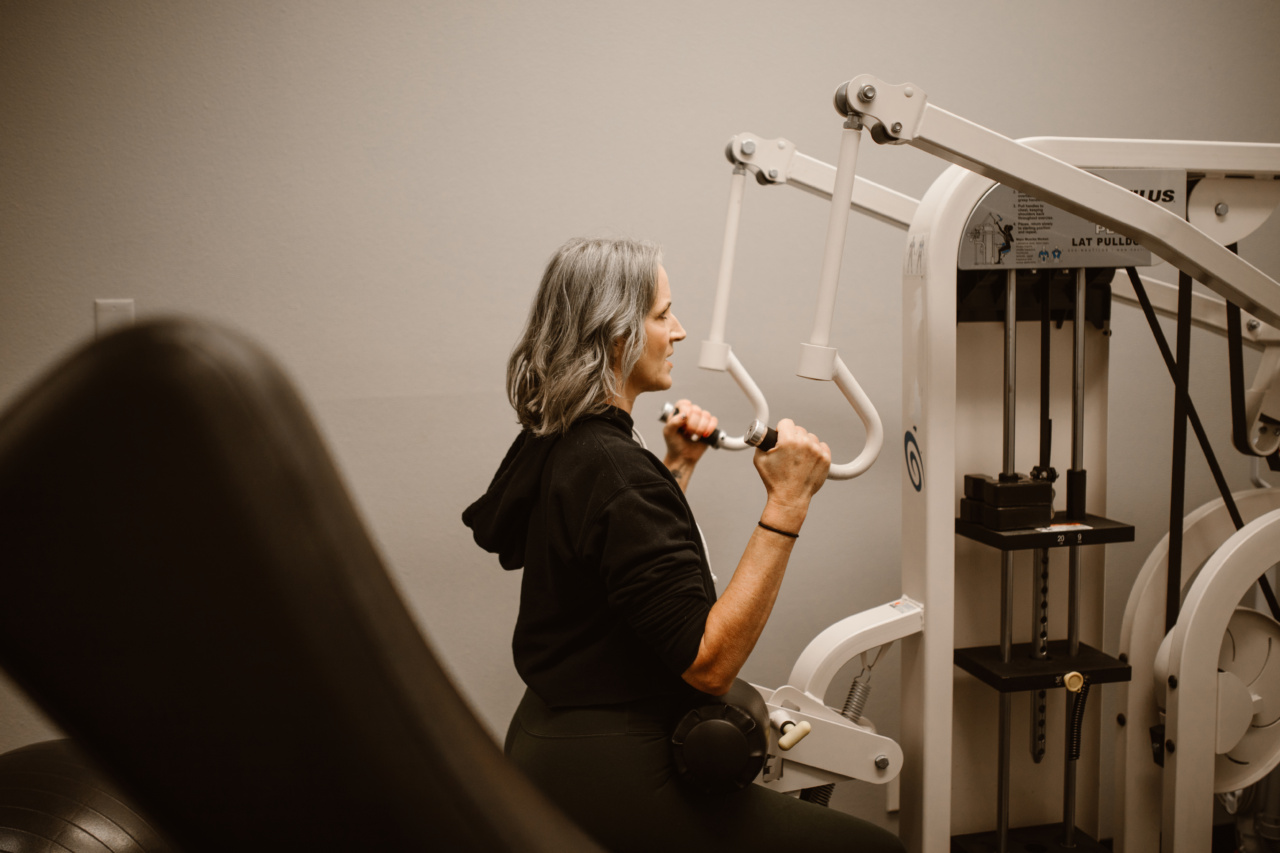Menopause is a natural biological process that marks the end of a woman’s reproductive years. As women transition through this phase, they may experience a wide range of symptoms, including hot flashes and night sweats.
While these symptoms are common during menopause, they can vary in intensity and duration from one woman to another.
What are Hot Flashes?
Hot flashes are sudden feelings of warmth that spread over the body, often accompanied by redness and excessive sweating. They can occur during the day or night, disrupting sleep patterns and causing discomfort.
Hot flashes are primarily caused by hormonal fluctuations during menopause, particularly changes in estrogen levels.
Factors that Influence the Severity of Hot Flashes and Sweats
The severity of hot flashes and sweats can vary significantly among women. While some may experience mild symptoms that are easily managed, others may have more intense and frequent episodes.
Several factors contribute to the severity of these symptoms, including:.
1. Hormonal Imbalance
Fluctuations in estrogen and progesterone levels play a crucial role in triggering hot flashes and sweats. Women who experience more significant hormonal imbalances during menopause are more likely to have severe symptoms.
2. Body Mass Index (BMI)
Studies have shown that women with higher BMI may experience more severe hot flashes and sweats. Increased adipose tissue can impact estrogen levels and disrupt the body’s temperature regulation, intensifying menopausal symptoms.
3. Smoking
Smoking has been associated with worse hot flashes and sweats during menopause. The chemicals in cigarettes can affect hormone production and exacerbate the frequency and severity of symptoms.
4. Stress and Anxiety
High stress levels and anxiety can aggravate menopausal symptoms, including hot flashes and sweats. Managing stress through relaxation techniques or seeking therapy can help reduce the intensity of these symptoms.
5. Race and Ethnicity
Studies have indicated that race and ethnicity can impact the severity of hot flashes and sweats. African American and Hispanic women may experience more intense symptoms compared to women from other ethnic backgrounds.
6. Medications and Treatments
Certain medications, such as some antidepressants or hormone therapies, can affect the frequency and severity of hot flashes and sweats in menopause.
Women undergoing specific treatments for cancer, like chemotherapy or hormone therapy, may also experience more intense symptoms.
7. Lifestyle Factors
Lifestyle factors, such as diet, physical activity, and alcohol consumption, can influence the severity of menopausal symptoms.
A healthy lifestyle that includes regular exercise, a balanced diet, and limited alcohol intake can help alleviate hot flashes and sweats.
Managing and Coping with Hot Flashes and Sweats
While hot flashes and sweats can be disruptive and bothersome, there are several strategies and treatments available to manage these symptoms effectively:.
1. Hormone Replacement Therapy (HRT)
HRT involves the use of medications that contain estrogen and progesterone to supplement the body’s declining hormone levels during menopause. This treatment can effectively reduce the frequency and severity of hot flashes and sweats.
However, it is essential to discuss the potential risks and benefits with a healthcare provider before considering HRT.
2. Lifestyle Modifications
Simple lifestyle changes can help control hot flashes and sweats.
Wearing lightweight, breathable clothing made of natural fibers, using layered bedding to regulate body temperature during sleep, and avoiding triggers like spicy foods, caffeine, and alcohol can make a significant difference in managing symptoms.
3. Stress Reduction Techniques
Practicing relaxation techniques, such as deep breathing exercises, yoga, mindfulness meditation, or acupuncture, can help reduce the frequency and intensity of hot flashes and sweats.
Stress reduction techniques promote overall well-being and improve hormonal balance.
4. Dietary Adjustments
Some dietary changes may help alleviate menopausal symptoms.
Consuming a diet rich in fruits, vegetables, whole grains, and lean proteins while minimizing processed foods and sugars can contribute to better hormonal regulation and reduce the severity of hot flashes and sweats.
5. Alternative and Complementary Therapies
Several alternative therapies, including herbal supplements like black cohosh and evening primrose oil, may offer relief from hot flashes and sweats.
However, it is crucial to consult with a healthcare professional before incorporating any supplements or therapies into the treatment plan.
Seeking Support
Menopause can be a challenging phase for many women, both physically and emotionally. Seeking support from healthcare providers, friends, or support groups can provide a safe space to share experiences and learn coping strategies.
Connecting with others going through similar experiences can be immensely reassuring and empowering.
Conclusion
Hot flashes and sweats are frequent symptoms experienced by women during menopause.
While the severity of these symptoms varies among individuals, understanding the factors that influence their intensity and duration can help women navigate this transitional phase more effectively. By exploring various management strategies and seeking support, women can reclaim control over their well-being and find relief from the discomfort caused by hot flashes and sweats.



























